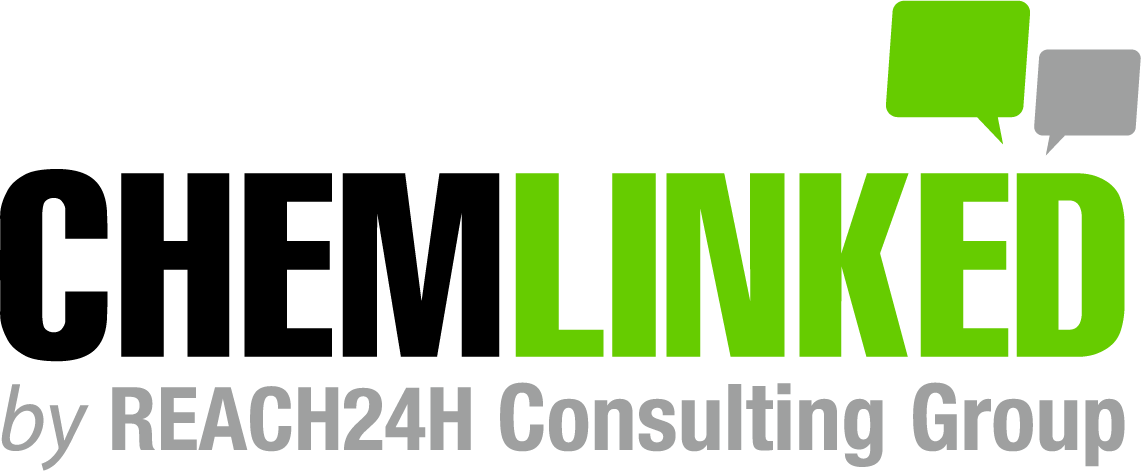*LPPOM MUI: Cosmetics, food and drugs assessment body of halal certificate issuing institution in Indonesia.
Indonesia' s Halal Law took effect on Oct. 17, 2019. Halal-certified products must label "Halal" on the outer packaging, or "non-halal" information for products not certified as halal. According to Ms. Muti Arintawati, the vice director of LPPOM MUI, halal labeling of cosmetics will be mandatory from Oct.17, 2026. The current focus of the Halal certification policy is food and beverage products.
Prohibited & Critical Ingredients in Halal Cosmetics
According to Ms. Muti, for cosmetics like lipstick, toothpastes which could be unintentionally swallowed, their halal certification requirements are the same as food and must be free from haram or najis materials. For cosmetics for external use such as body lotion, soap, they shall be water translucent and free from najis materials.

1. Haram Materials
Haram means prohibited or unlawful according to Islamic Shariah Law. Haram materials including the following:Blood, carrion, pork, animal slaughtered by not mentioning the name of Allah (God), khamr, parts of human body.
Wild animal (carnivour), animals with sharp teeth and claws, amphibia (animal that live in both land and water).
2. Najis Materials
Najis refers to uncleanliness, analogous to the contamination of something considered halal. Object that is exposed to najis material is called mutannajis. Every najis and mutannajis material is haram to be consumed.And najis materials are classified as heavy, medium and light 3 levels.
Heavy Najis: Pig and its derivatives and saliva from dog
Medium Najis: Urine, feces, carrion, khamr, blood, etc.
Light Najis: Urine from baby boy who only breastfeed
3. Critical Cosmetic Ingredients
According to MDPI [1], critical ingredients refers to ingredients originated from sources (e.g., unspecified animals, halal animals slaughtered in an unspecified manner) and process of synthesis (e.g., incorporation of haram processing aids, contamination with haram or najis) nonconforming to the halal system. However, the use of alternatively sourced ingredients classified as “critical” may still be allowed to be part of a halal cosmetic product after the manufacturer has secured halal certification for its origin and production, at the same time, uncontaminated with najis.Ms. Muti listed some examples of cosmetic product and its critical ingredients in her speech.
| Product Category | Example of Ingredients |
| Soap (obtained by saponification of vegetable or animal oils and fats with a strongly alkaline solution) | Glycerin, vitamin E, lanolin, olive oil, propylen glycol, placental enzyme, sodium stearate, fragrance, sodium tallowate, sodium cocoate, water, glycerin, sucrose, denaturate, sodium stearate, fragrance, honey, pentasodium pentenate, tetrasodium-ethidronate, D&C yellow No.10, D&C Red No.33 |
| Hair Coloring | Stearyl alcohol, cetyl alcohol, sodium lauryl sulphate, lanolin, alcohol, salicylic acid, disodium phosphate, H2O2, hydrolize keratin, perfume, etidronic acid, phosphoric acid |
| Hair Vitamin | Jojoba oil, cyclomethicon, vitamin A, vitamin C, Vitamin E8, polysilicone-15, fragrance Note: manufacture in soft gel |
| Lipsticks | Octyl methoxycinnimate, simethicone, petroleum destillate, tetraisostearate, bis-dis-glyceryl polycyladipate-2, methyl methacrylate crossploymer, aqua, candelilla cera, rice wax, beeswax, titanium hydroxide, hydrogenated-jojoba oil, tocopheryl acetate, propylene carbonate, butylene glycol, wheat germ oil, perfume, hydrolized collagen, propyl paraben, glyceryl stearate, tocopherol, ascorbyl palmitate, methyl paraben, etc. |
| Lipbalm | Cera microcristaline, octyldodecanal, hydrogenated polydecene, cetyl palmitate, ricinus communis seed oil, myristil miristate, VP/hexadecene co polymer, cetearyl alcohol, polyglyceryl 3-disostearate, butyrospermum parkii butter, cocoglycerides, benzyl benzoate, citral, VP/eicosene copolymer, C20-40 alkyl stearate, cera carnauba, simmonsia chinensis oil, pentoerythritil tetraisostearate, panthenol, vitis vinifera seed oil, glycerin, cera alba, aqua, limonene, linalool, perfume |
| Toothpaste | Sorbitol, sodium floride, sodium saccharine, titanium oxide, propylene glycol, methyl paraben, xanthan gum, sodium alginate, sodium polyacrylate, SiO2, sodium lauryl sulphate, water, xylitol, flavour |
| Primary Packaging |
|
Comparison of Current and Previous Halal Certification Policy
The following table is the comparison of halal certification policy before and after Oct. 17, 2019 provided in the speech of Ms. Dewi, the Indonesian halal auditor also the founder of DRS Consulta. In short, Indonesian halal certification policy is going to be more standardized.| Item | Before Oct. 17, 2019 | Oct 17, 2019 Onward |
| Type of Certificate | Facility & Product | Product |
| Validity of Certificate | 2 years | 4 years |
| Halal System | Halal Assurance System HAS 23000 | Halal Management System SNI:99001:2016 |
| Scope of Recognition | Slaughtering, Raw Material, Flavor/Fragrance | Finished product |
| Halal Responsible Person | Internal Halal Coordinator (KAHI) - trained | Halal Supervisor (trained & certified) |
| Halal Auditor | Trained | Trained, Certified, Registered |
Halal Certification Challenges
Ms. Muti also presented several challenges that need to be taken into account in the development of halal cosmetics. These challenges are still waiting to be solved in the future.Public awareness of halal cosmetic products is increasing not only in Indonesia but also internationally, however the awareness of having halal cosmetics is far behind the awareness of having halal food product
Cosmetics use a lot of ingredients. The halal status of each ingredients is not easy to be traced, because of the lack of halal material knowledge from manufacturer/supplier
It is difficult to find a halal substitute material for some cosmetics ingredients
It is a challenge to have a formula water resistant product that still can be penetrated by water
Some packaging and application equipment such as blush brushes, lipstick brushes still use non-halal material.



 We provide full-scale global cosmetic market entry services (including cosmetic registering & filing, regulatory consultation, customized training, market research, branding strategy). Please contact us to discuss how we can help you by
We provide full-scale global cosmetic market entry services (including cosmetic registering & filing, regulatory consultation, customized training, market research, branding strategy). Please contact us to discuss how we can help you by 









